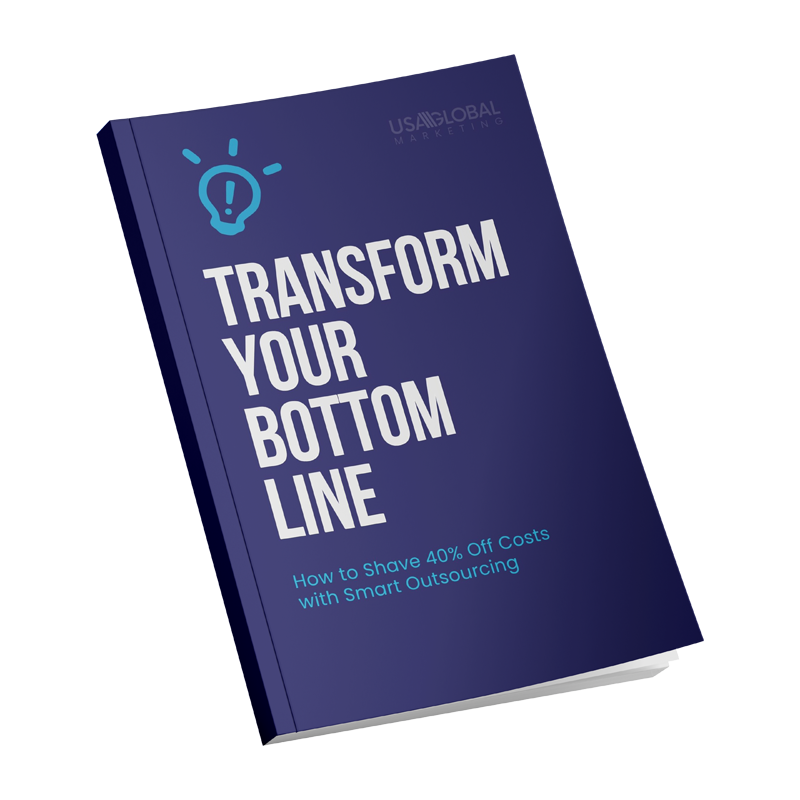In today’s business environment, the customer is increasingly recognized as the central pivot around which the wheel of business success rotates. Customers are no longer merely passive product and service recipients; they now occupy the throne in the business ecosystem, accorded the status of kings. In this landscape, customer experience (CX) emerges as a critical determinant of business growth and sustainability. This comprehensive guide offers an in-depth exploration into refining your customer experience strategy, illuminating the significance of CX, and discussing the various approaches you can adopt to excel in the present customer-centric marketplace.
Understanding the Paramount Importance of Customer Experience
To fully grasp the essence of customer experience, it is essential to acknowledge that businesses now grapple with competition based on more than just the products or services offered. Instead, it is the experience delivered to customers that sets them apart. Studies have shown that companies outperforming in customer experience grow their revenues 4-8% above the market average. Therefore, refining customer experience is crucial for businesses aiming to stay ahead of the curve. But what does an exceptional customer experience entail?
A superior customer experience goes beyond merely meeting customer needs. It involves gaining a profound understanding of customer preferences and shaping your offerings to exceed their expectations. Every interaction a customer has with your brand, from the initial contact to the final transaction, becomes part of this experience.
Step One: Gaining a Deeper Understanding of Your Customers
The first and most vital step in creating an exceptional customer experience is developing a profound understanding of your customer base. It’s a fundamental process that can be effectively accomplished by creating customer personas. These personas represent comprehensive profiles of various segments of your customer base. Specialized outsourcing firms can meticulously craft these personas using relevant data and extensive research. The result? Detailed customer profiles encompassing key demographics, behavioral patterns, motivations, and objectives. This comprehensive understanding of your customers and their values can significantly aid in tailoring experiences that resonate with them, fostering lasting relationships.
Step Two: Crafting the Perfect Customer Journey Map
Creating an impeccable customer journey map, an essential tool for visualizing your customers’ experiences, involves multiple vital steps. The process starts with identifying your customer personas, representing distinct customer segments characterized by specific behaviors, motivations, and objectives. The customer journey map must be tailored to these personas, acknowledging that the journey can differ considerably across various customer groups.
Next, the journey stages are outlined. These stages represent the steps customers take in interacting with your company, starting from the initial contact, moving to the purchase point, and extending beyond post-purchase. Each stage presents unique opportunities for customer engagement, potential moments of delight, and possible areas of disappointment.
Within these stages, every touchpoint where customers interact with your brand, whether physically, like visiting a store, or digitally, like browsing your website or reading an email, must be identified. Understanding customer actions, motivations, and emotions at each touchpoint is then developed.
This is followed by evaluating the current customer experience at each touchpoint. Questions like: what is the customer’s goal at this stage? Is it being met? Are there any obstacles or frustrations impeding their journey? These need to be answered. A thorough examination of the ‘happy path,’ where everything goes right for the customer, and the potential problem areas and pain points is crucial.
Opportunities for improvement are sought upon identifying and evaluating the stages and touchpoints. These include pain points to alleviate, streamlined processes, or moments to surpass customer expectations and create delight.
The final step involves the distribution and utilization of the customer journey map. This should be accessible across all departments within your company, from marketing and sales to customer service and support. The aim is to ensure that all teams clearly understand the customer journey and work collaboratively to enhance the overall customer experience.
Step Three: Implementing Strategies to Enhance Customer Experience
Once the customer journey map is in place, the next step is implementing strategies tailored to enhance the customer experience. These strategies can span across various aspects of your business, including:
Personalization
Today’s customers increasingly seek personalized experiences. Leveraging data analytics to glean insights into customer behavior, preferences, and expectations can enable you to tailor your products, services, and interactions to match each customer’s unique needs and expectations.
Omni-channel presence
Customers use multiple channels to interact with businesses as technology advances. It’s crucial to ensure a consistent and seamless customer experience across all these channels, whether your website, mobile app, social media platforms, or physical stores.
Proactive customer service
Shift from a reactive to a proactive approach to customer service. Anticipate customer needs and address them before they become issues. Regular follow-ups, notifications, and updates can significantly enhance the customer experience and foster customer loyalty.
Employee training
Your employees are the face of your brand to your customers. Equip them with the necessary skills and knowledge to deliver superior customer experiences. Regular exercise and workshops focused on enhancing customer interactions can prove invaluable.
Regular feedback
Feedback from customers is a goldmine of information. Regularly seeking feedback and acting on it helps enhance the customer experience and sends a strong message to your customers that their opinions matter and are considered.
Step Four: Regular Assessment and Continuous Improvement
A customer experience strategy can only be deemed successful with a mechanism for regular assessment and continuous improvement. Key performance indicators (KPIs) related to customer experiences, such as Net Promoter Score (NPS), Customer Satisfaction Score (CSAT), and Customer Effort Score (CES), can provide valuable insights into the effectiveness of your CX strategy.
Feedback and complaints, churn rates, customer loyalty, retention rates, and lifetime value are essential metrics. Regular audits and assessments help identify areas of weakness and opportunities for improvement.
In conclusion, refining the customer experience is not a one-time effort but a continuous process that requires a deep understanding of your customers, careful planning, and consistent efforts to exceed customer expectations. With the intense competition in today’s marketplace, businesses that prioritize and excel in delivering superior customer experiences will undoubtedly lead the pack.
Remember, a satisfied customer is not only likely to become a repeat customer but can also become an advocate for your brand, helping attract new customers through word-of-mouth marketing. Therefore, investing time, effort, and resources into enhancing the customer experience can yield substantial returns in the long run. It is no longer a luxury but a necessity for businesses aiming to achieve sustained growth and success in today’s customer-centric marketplace.

Boosting Business Success Through Outsourcing Customer Support
Outsourcing customer support can significantly benefit your business by providing access to specialized expertise and resources, facilitating scalability, and ensuring 24/7 availability for your customers, all without the overheads associated with maintaining an in-house team. External support teams are well-versed in managing various customer concerns effectively and efficiently, which helps to enhance the overall customer experience. By relieving your internal teams from handling customer support duties, they can focus more on their core competencies, fostering innovation and growth. Furthermore, the scalable nature of outsourced services allows you to flexibly adjust the level of support depending on your business needs, thereby efficiently managing costs. Thus, outsourcing customer support can improve customer satisfaction and loyalty and contribute to your business’s bottom line.





